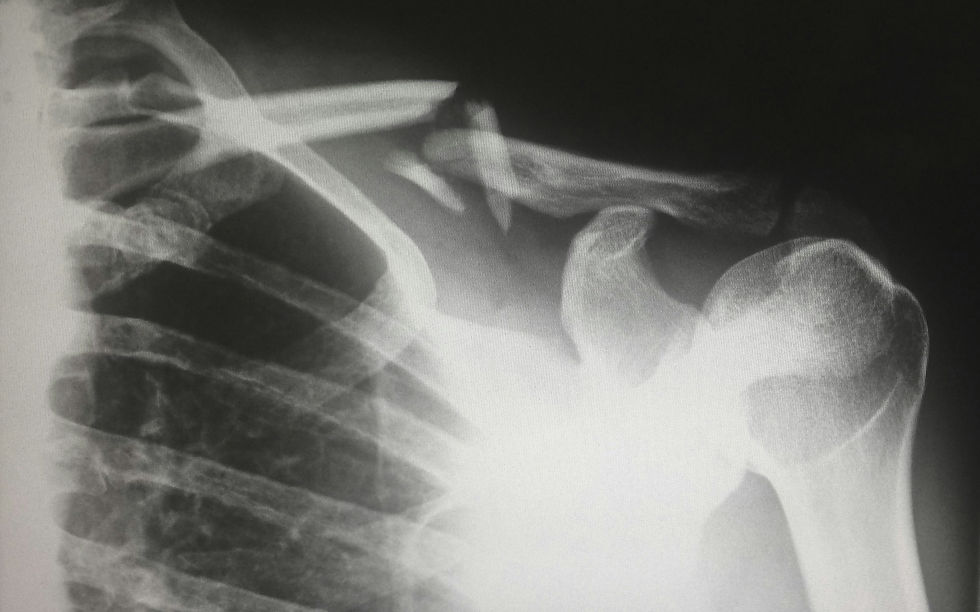Adapting to Harsh Environments
- marketingc8
- Apr 2
- 2 min read
As yet another polar vortex settled over Mid-America in January, we came across this timely study from the University of Calgary about the long-standing ability of us hominins to adapt to harsh environments.
Well, we’ve been doing it for a long time. And we’ve been able to thrive, too.
The study involved researchers from the University of Calgary, the University of Manitoba and 17 other institutions around the world, with the archaeological focus on one spot in Tanzania. (We think those folks in Calgary and Manitoba know a few things about harsh conditions, too.) The study was first published in Nature Communications Earth & Environment.
This study goes back to Homo erectus, some 1.2 million years ago, that shows that Homo erectus repeatedly returned to live in a “very specific point” in the landscape,” says lead author Dr. Julio Mercader Florín, PhD, a professor in both the Faculty of Arts and the Faculty of Science at the University of Calgary in an article in Science Daily.

The accumulation of archaeological evidence demonstrate the Homo erectus kept coming back to the same spot through extreme climate change—both hot and dry periods.
“Things like extreme climate change leading to desertification would have been really difficult for hominins to survive,” said Dr. Kaplan, a Canada Research Chair in global systems modelling. “What we discovered in the study is that, in fact, we find plenty of evidence for hominin activity under environmental conditions—so climate, vegetation—that suggest really hot and dry periods … So, it's changing our understanding of the adaptability of these early hominins to extreme environments and demonstrating that Homo erectus were more adaptable than we realized.”
When modern humans walked onto the scene—200,000 to 300,000 years ago—we were already good at living everywhere from the Arctic tundra to the Sahara desert and the tropical rainforest. And everything in between, the researchers pointed out.
So as you survive the cold blast from the Arctic, appreciate the shivering. That’s your muscles contracting and regulating blood flow to the skin. The shivering is controlled primarily by the hypothalamus in the brain, which knows to constrict blood vessels near the skin surface to minimize heat loss. Also, appreciate your body’s ability store fat (especially the brown adipose tissue that good insulation when it’s cold).
Yeah, baby, it’s cold outside. But here’s a note of appreciation for the millions of years of adaptations that came before today.
.
.
.
.




Comments